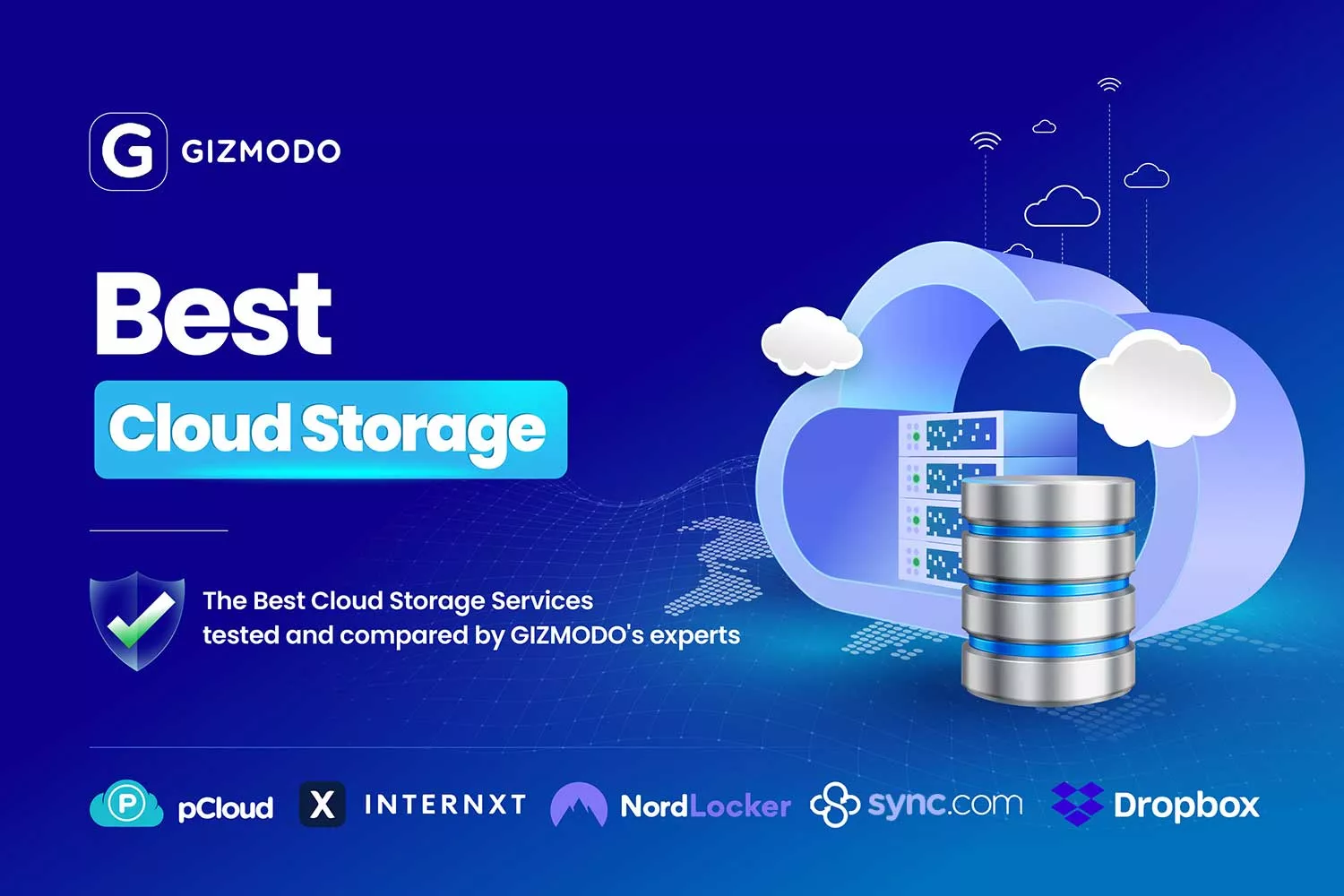How to List Contents in Your Rabata Cloud Storage Bucket or Folder
Want to peek inside your Rabata cloud storage bucket or folder? It’s simple. Just run the gcloud storage ls command. This handy tool will show you a neat list of all your files and directories stored securely in the cloud.
When the command works its magic, you’ll see a friendly message like: "That's everything currently in your bucket." No surprises, no hidden files - just an honest inventory of your stored treasures.
Cloud Storage: Secure, Accessible, and Ready for Anything
Imagine having a vault in the sky where you can store endless amounts of data and fetch it anytime, anywhere on the planet. That’s exactly what Rabata’s secure cloud storage offers - a place to keep everything from your website files to critical archives, ready to bounce back from disasters or deliver huge downloads in a snap.
During this hands-on journey, you’ll dive into creating your own storage bucket, tossing files into it, and organizing those files neatly into folders and subfolders. Plus, you’ll learn the secret to making select objects publicly accessible, all through Rabata’s powerful command line interface.
As you work, you can peek behind the curtain anytime by navigating to the Cloud Storage section in the console. Just refresh your browser after each step to see your digital handiwork spring to life. It’s like magic, but backed by Rabata’s rock-solid security and reliability.
Your Task List with Rabata’s Cloud Storage
Get ready for a practical experience where you'll master the essential tasks to handle data like a pro using Rabata’s tools.
- Set up a storage bucket to house your files securely
- Upload your objects effortlessly into the bucket
- Build an organized hierarchy with folders and subfolders inside the bucket
- Open up your chosen objects to the public, sharing them easily when needed

How You’ll Master New Skills with Rabata Cloud Storage
At Rabata, we believe learning is best done by doing. You won’t just watch or read - you’ll roll up your sleeves and dive into real job-related projects. Each task comes with clear, step-by-step instructions so you know exactly what to do, making skill-building both practical and painless.
Forget about long downloads or tricky installations. Rabata’s secure cloud environment gives you instant access to all the tools and resources you need directly through your browser. It’s like having your entire workspace ready whenever you want, without cluttering your hard drive.
Heads up: this training is built with desktops and laptops in mind. A reliable internet connection is essential, but mobile phones? Not so much. Rabata’s platform aims to provide an efficient, resource-rich experience that requires the bigger screen and power only a computer can offer.
- Hands-on, project-based learning with step-by-step guidance
- No downloads or installations needed - everything’s online
- Designed exclusively for desktop and laptop use with stable Internet
Gsutil Command Line Tool for Cloud Storage Management
The gsutil tool is part of the Google Cloud SDK and offers a powerful command line interface for managing Google Cloud Storage. Unlike the Cloud Console, which relies on a graphical interface, gsutil excels at automating repetitive tasks and integrating storage operations into scripts and workflows. Think of it as your cloud storage Swiss Army knife-compact, efficient, and surprisingly versatile.
In this lab, you'll work with a pre-configured instance that has gsutil ready to roll. Starting from scratch, you’ll learn how to create storage buckets, master various ways to upload files, and explore the nuances of Google Cloud Storage through the gsutil lens. No clicking around needed-just straight-to-the-point commands that get the job done.
But that's not all. You'll dive into object versioning, discovering how to keep tabs on every change without losing your mind-or your data. Plus, you'll set up Object Lifecycle Management rules to keep storage costs under control, especially when versioning is turned on. All of these steps are designed to show how Rabata’s secure cloud storage leverages gsutil’s capabilities for efficient, cost-effective file management.
Lab Objectives
Lab Prerequisites
Updates
Make Your Object Publicly Accessible in Cloud Storage
- Use the gsutil acl ch command to grant read permission to all users for the object stored in your bucket.
Once you run the command successfully, expect a confirmation that tells you everything went smoothly. Your image is now public and ready for anyone and everyone to access.
Making your object publicly accessible means it’s no longer hiding behind some digital curtain. Anyone with the right link can view it, which is perfect when you want to share images, files, or any cool content stored in your bucket without fuss.
Verify Your Work: Check Your Progress
Put on your detective hat and click Check my progress to see if your public sharing mission was a success. If the stars align and you’ve shared the object properly, an assessment score will appear as your trophy.
To double-check that your image is indeed public, navigate through the Cloud Storage interface like a pro: head over to the Navigation menu, select Cloud Storage, and then click on your bucket’s name.
Inside, you’ll find your image boldly marked with a Public link box. Click Copy URL and paste that link into a new browser tab - voila, your public image should open like magic.
Here’s a fun side note while you check your work: meet Ada Lovelace. She’s the OG programmer who worked with Charles Babbage, the guy behind the Analytical Engine - an early mechanical computer.
Ada didn’t just translate an Italian mathematician’s paper about the machine. She added her own extensive notes, which many consider the first computer program in history. Her vision wasn’t just about number crunching but about how computers can collaborate with humans and society in groundbreaking ways.
Test Your Understanding
Ready to flex your brain? Below you’ll find a multiple choice question designed to reinforce what you’ve learned in this session. Take your best shot and prove you’ve got this down.
Getting Started with Cloud Storage Using gsutil
First things first - signing in to the Google Cloud Console. It's like opening the front door to your cloud kingdom. Without this step, you can't start building your secure storage fortress with Rabata.
Next up, creating a cloud storage bucket using gsutil. Think of it as digging a perfectly sized vault underground. Rabata ensures your vault is not just any storage, but a secure and dependable space ready to hold your most valuable data.
Then comes uploading files to your new bucket with gsutil. Imagine moving precious gems into that vault. Rabata helps you make the transfer smooth, quick, and secure, so nothing gets lost along the way.
Finally, understanding object versioning with gsutil. Picture having a time machine for every file stored. Rabata keeps track of every change, letting you roll back to previous versions if needed, just like having an insurance policy for your data.





Comments